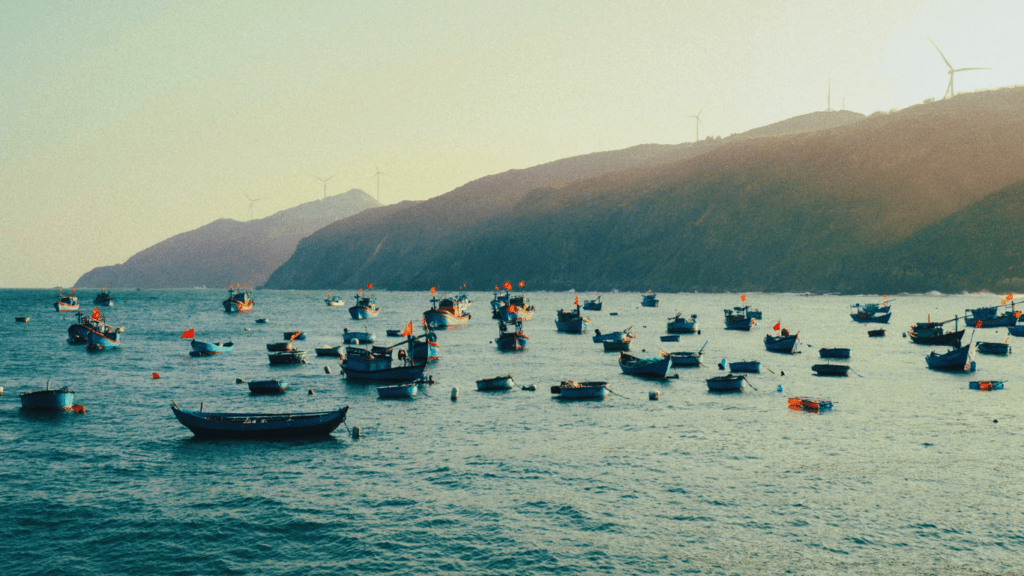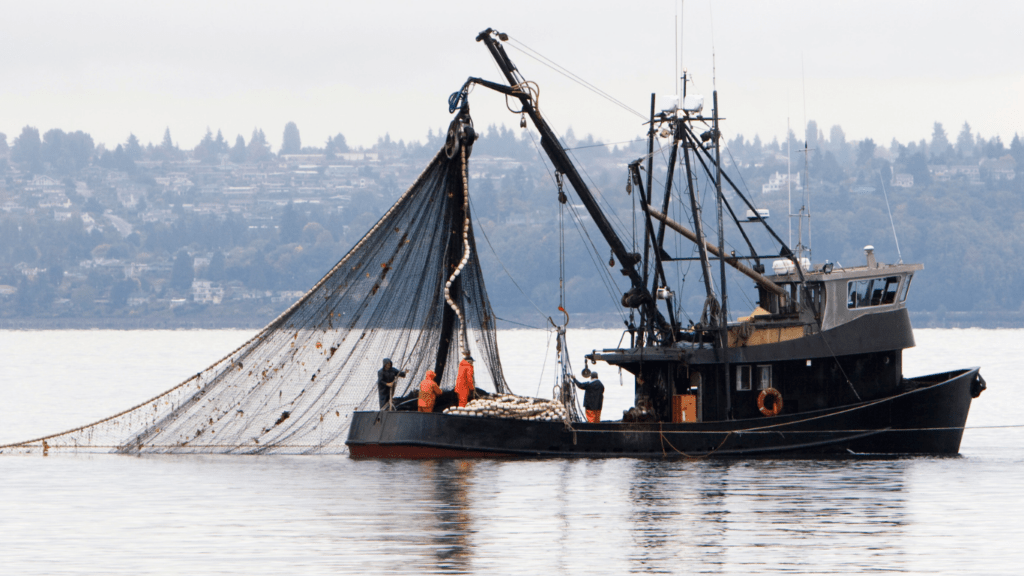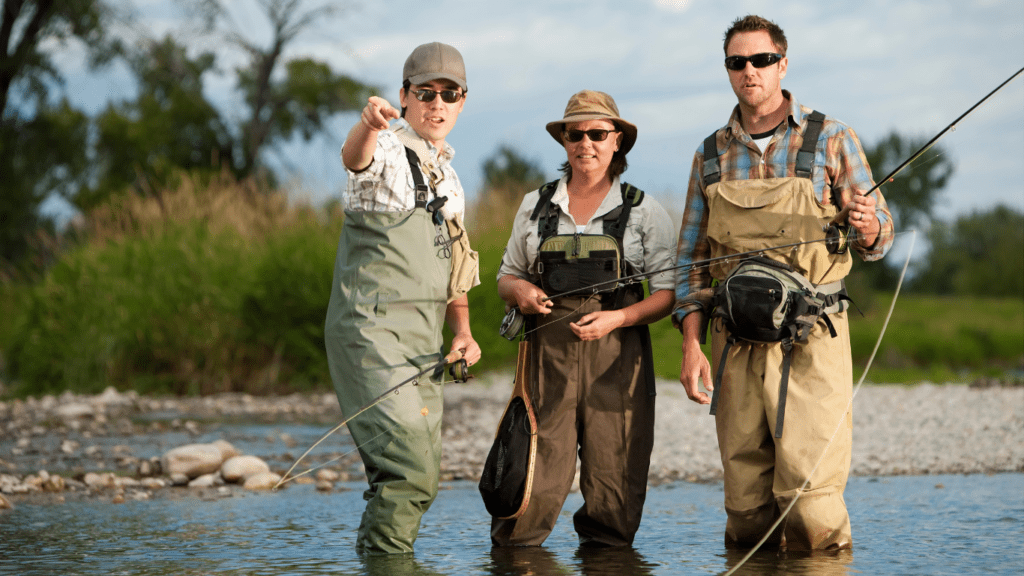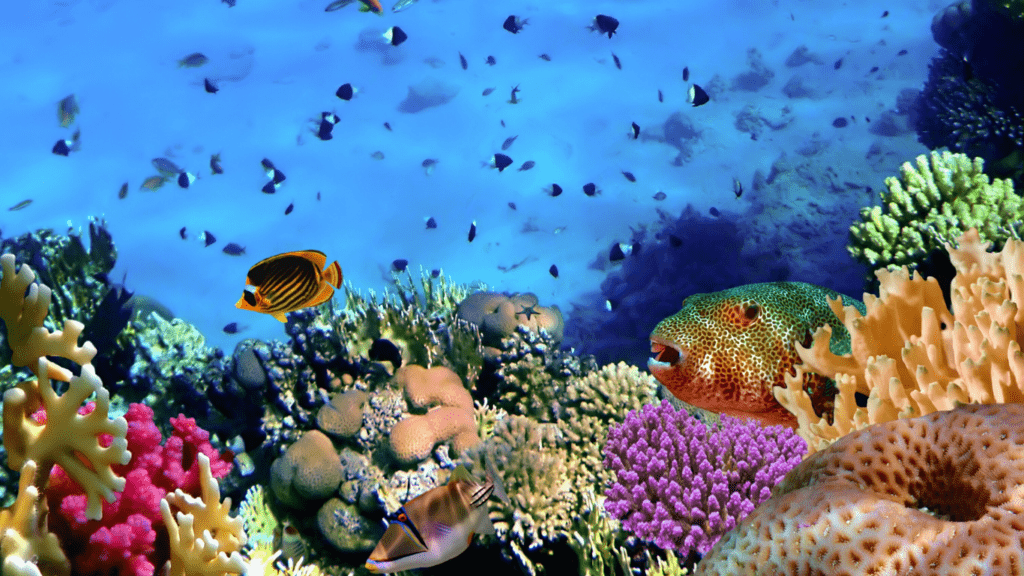Understanding the Overfishing Crisis
Overfishing occurs when fish are removed from oceans and waterways at a rate faster than they can reproduce. This disrupts ecosystems, depletes fish stocks, and impacts both biodiversity and livelihoods.
What Is Overfishing?
Overfishing is the excessive harvesting of fish species, causing population declines and habitat imbalances. For example, species like Atlantic cod and Pacific bluefin tuna have faced severe declines due to unsustainable fishing practices. Overfished waters see reduced reproductive rates among fish, making recovery difficult. This issue isn’t isolated, as nearly 34% of global fish stocks are overexploited, according to the UN Food and Agriculture Organization (FAO).
Causes of Overfishing
1. Unsustainable Fishing Methods
Equipment like trawl nets and longlines catch large volumes of fish indiscriminately. These methods unintentionally harvest non-target species, known as bycatch, further straining marine populations.
2. Global Demand for Seafood
Consumer demand increases pressure on fisheries, with more than 3 billion people globally relying on fish as their primary protein source. This places heavy strain on certain fish stocks
3. Lax Regulations
Weak enforcement of quotas and fishing bans often allows excessive and illegal fishing activities. For instance, illegal, unreported, and unregulated (IUU) fishing contributes to overfishing in many regions.
4. Technological Advancements
Modern fishing gear and vessels enhance efficiency, enabling fleets to cover vast areas and extract larger quantities. These advancements, without controls, accelerate overexploitation.
5. Climate Change
Rising ocean temperatures and acidification disrupt aquatic habitats, making fish populations more vulnerable. For example, fish migration patterns shift, leading to overfishing in remaining concentrated areas.
Impacts of Overfishing on Anglers

Overfishing disrupts fishing experiences by depleting marine life and altering habitats vital for fish populations. Anglers face growing challenges in both recreational and commercial fishing environments.
Declining Fish Populations
Overfishing reduces fish numbers, making it harder for anglers to find target species like:
- tuna
- cod
- snapper
Biodiversity loss further limits choices, as ecosystems no longer sustain diverse aquatic species. Research shows that global fish stocks, with 34% categorized as overfished (FAO, 2023), cannot replenish quickly enough to satisfy current demand.
Effects on Recreational and Commercial Fishing
Recreational fishing suffers as fish become scarcer, especially in overexploited areas. I’ve noticed expanded restrictions on catch limits and fishing seasons, frustrating anglers seeking rewarding outings. For commercial fishing, reduced fish stocks mean smaller catches, driving vessels farther offshore and increasing operational costs. This stresses the fishing industry while depleting ecosystems even further.
Economic Consequences
Anglers see financial impacts from the rising costs of travel, equipment, and permits due to dwindling fish populations. Overfishing affects local businesses that rely on fisheries, like bait suppliers, charter operations, and gear retailers. A 2023 World Bank report estimated that sustainable fishing could boost global fishing revenues by $83 billion annually, underscoring the lost economic opportunity caused by overfishing practices.
Why Overfishing Is a Global Concern
Overfishing has far-reaching impacts that extend beyond depleting fish stocks. It threatens marine ecosystems, biodiversity, and the balance of aquatic environments, affecting humans and ocean health alike.
Environmental Impacts
Overfishing disrupts natural food chains, creating imbalances in marine ecosystems. Removing large fish, such as tuna, cod, and sharks, at unsustainable rates affects prey populations, leading to overpopulation of smaller species like jellyfish. This imbalance alters marine biodiversity and diminishes the ocean’s resilience to environmental changes. According to the Food and Agriculture Organization (FAO), around 34% of global fish stocks are overexploited, contributing to the degradation of aquatic habitats worldwide.
Bottom trawling, a method used in commercial fishing, damages seabeds and destroys underwater ecosystems like coral reefs. These habitats are vital for fish breeding and shelter; their loss reduces marine life sustainability. Additionally, bycatch—when non-target species like turtles or dolphins are caught—contributes to declining populations of vulnerable marine animals.
Threat to Marine Ecosystems
Overfishing weakens marine ecosystems by destabilizing vital ecological processes. Predator species, such as sharks that regulate populations of other marine organisms, are particularly vulnerable due to their slow reproductive rates. Losing these apex predators escalates trophic cascades, which destabilize ecosystem structure and functioning.
Fishing pressure also reduces genetic diversity within fish populations, making species less adaptable to environmental changes, such as rising ocean temperatures and acidification. Reduced genetic variation jeopardizes reproduction and recovery rates, pushing populations closer to collapse. For example, Pacific bluefin tuna populations have plummeted to just 2.6% of their historical levels, highlighting the critical risks posed by excessive fishing.





